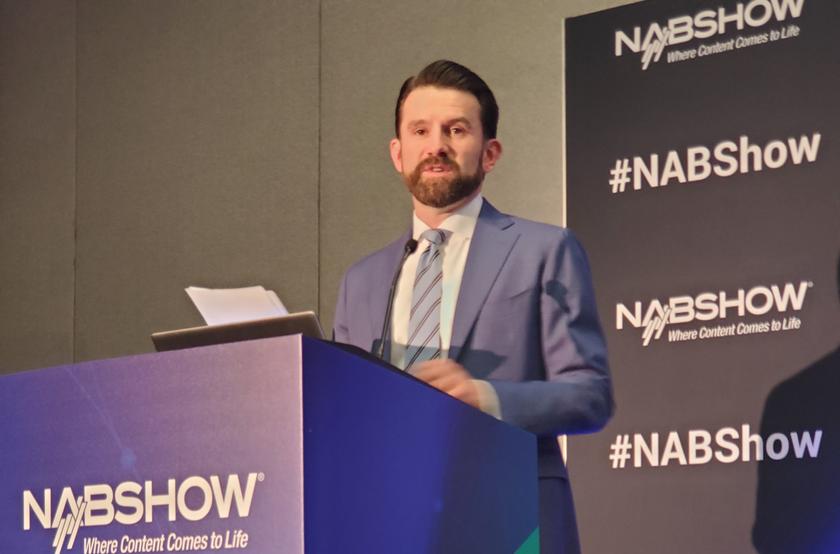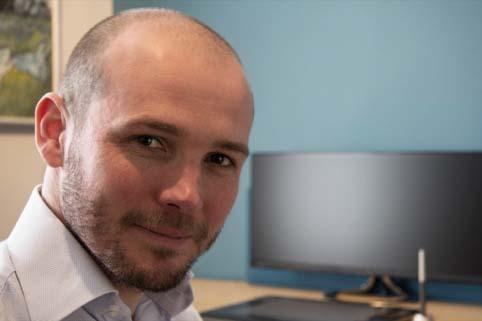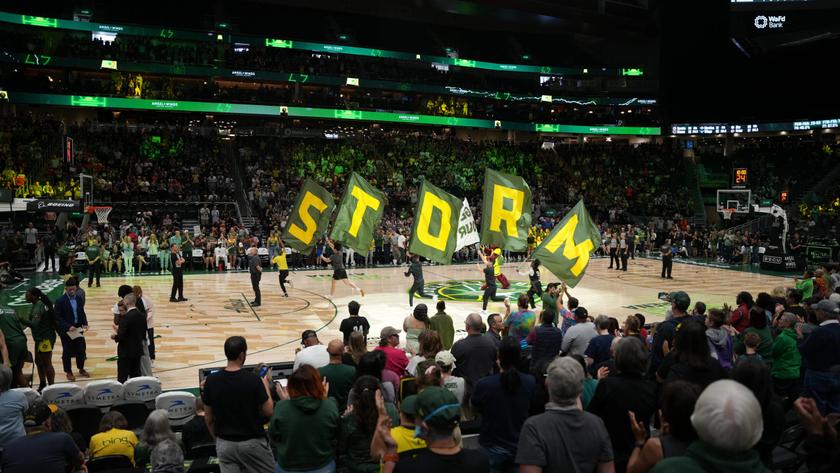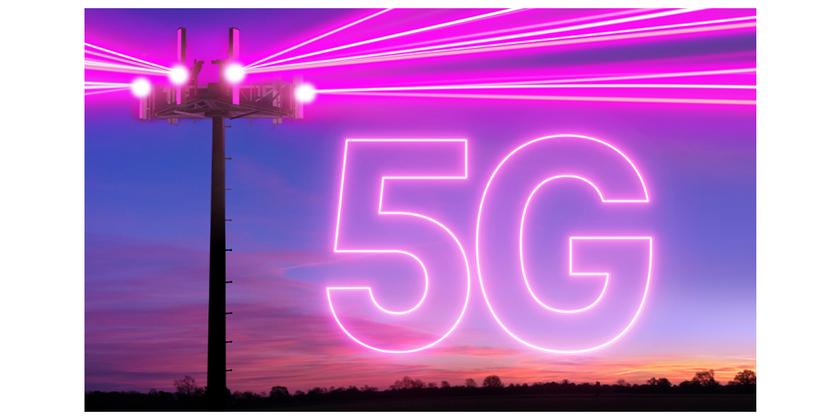The world according to Lennett
My alternate title for this post: How I learned to hate broadcasters and everything they stand for.
Broadcasters should be ashamed of themselves. To quote a New American Foundation brief, "The Lobby that Cried Wolf," “The one constant has been the broadcast industry’s unyielding opposition to new uses of the broadcast spectrum, or to any new technology that poses even the slightest threat to their bottom line.”
Benjamin Lennett, senior program associate for the Wireless Future Program at the New American Foundation, wrote that this paper "provides a glimpse of broadcasters’ lobbying path of deception, highlighting recent campaigns to keep others out of their spectrum and offering parallels with the current campaign against white space devices.”
According to Mr. Lennett, TV and radio broadcasters have been scheming since the early 1930s to keep away any competition. The author claims David Sarnoff was among the first schemers when he “joined AM broadcasters to successfully lobby the FCC to relocate FM to a different frequency band, rendering existing equipment obsolete. As a result, FM radio listenership did not surpass AM listenership until 1979.”
Even newly invented technology wasn’t immune from the long arm of the NAB, according to Lennett. Broadcasters killed cellular phones way back in the 1940s. Huh? According to my research, former Motorola employee Dr. Martin Cooper is credited with the invention of the first portable phone back in 1973.
And of course that evil broadcast lobbyist the NAB vigorously opposed cable TV, calling TV a “malignant tumor,” launching a campaign to “Save free TV.”
But the granddaddy of all selfish actions, says Mr. Lennett, was when broadcasters got the FCC to “give” them six times the needed spectrum to launch a “duplicate” TV service. He claims the new regulations gave broadcasters an estimated $6 billion worth of spectrum and permitted stations to extend their coverage areas. Under broadcast-sponsored regulations, “UHF stations were able to increase their power levels from 50 kilowatts to 1,000 kilowatts in rural areas.” (Of course he failed to mention the increased power bills to run those transmitters.)
Get the TV Tech Newsletter
The professional video industry's #1 source for news, trends and product and tech information. Sign up below.
And, last but not least, he condemns the “must carry” requirements imposed by government on cable and satellite operators.
Before readers think I’ve moved to the dark side, please note that the above rantings are those of the afore-mentioned Benjamin Lennett. He works for a left-leaning think tank. The organization clearly opposes free enterprise and advocates increased government control over markets. Mr. Lennett perceives all the supposed sins of broadcasters as nothing short of wicked and selfish.
His most recent diatribe focuses primarily on the history of DTV, starting with “John Abdel, architect of the HDTV ruse." Now, I don't know who John Abdel may be. John Abel, on the other hand, was NAB’s executive vice president of operations and was credited for much of the industry’s initial push to reserve spectrum for HD broadcasting. This quickly became known as the spectrum given away to broadcasters.
Under the banner of “The Great DTV Giveaway,” the author blames the NAB, then Senator Bob Dole, R-KS, and broadcasters for legislation that eventually gave each analog station a second channel for digital transmissions.
Some parts of Lennett’s paper are true. FCC Media Bureau chief, Ken Ferree, did develop a proposal that would eventually force stations to relinquish one of their two channels by 2009. Seeing broadcast opposition, Ferree is noted as having said, broadcasters would “rather eat their children than give up this spectrum.” The Deficit Reduction Act of 2005 did create the analog shutoff date of Feb. 17, 2009. So, in the parlance of sports, we might call the “Great DTV Giveaway” as a tie, NAB 1, FCC 1.
Now the issue of white spaces is front and center, and according to Mr. Lennett, the NAB and broadcasters are once again conniving to unfairly protect their spectrum turf by objecting to white space devices (WSD). The NAB and MSTV have “continually fought to require white space devices to sense signal levels at -116 dBm.” Yet, because DTV sets need about -85dBm of signal, the author claims WSDs are being discriminated by a 32dB difference in signal level. He claims that while some WSDs did not perform adequately at -116dBm, a Philips WSD had “perfect performance” at -114dBm. According to him, opponents (meaning NAB) choose to “ignore the perfect performance of a Philips device at -114 dBm.”
Perhaps the author’s jaundiced opinion is best summarized by his concluding statement, “Just as broadcasters delayed cellular communications for a generation, they could yet delay for a generation another revolutionary leap in communications and wireless technology.”
Were I this guy’s professor, I’d give him an “A” for panic and an “F” for facts. If you’d like to see an example of what our industry is up against, check out a PDF of his diatribe.










